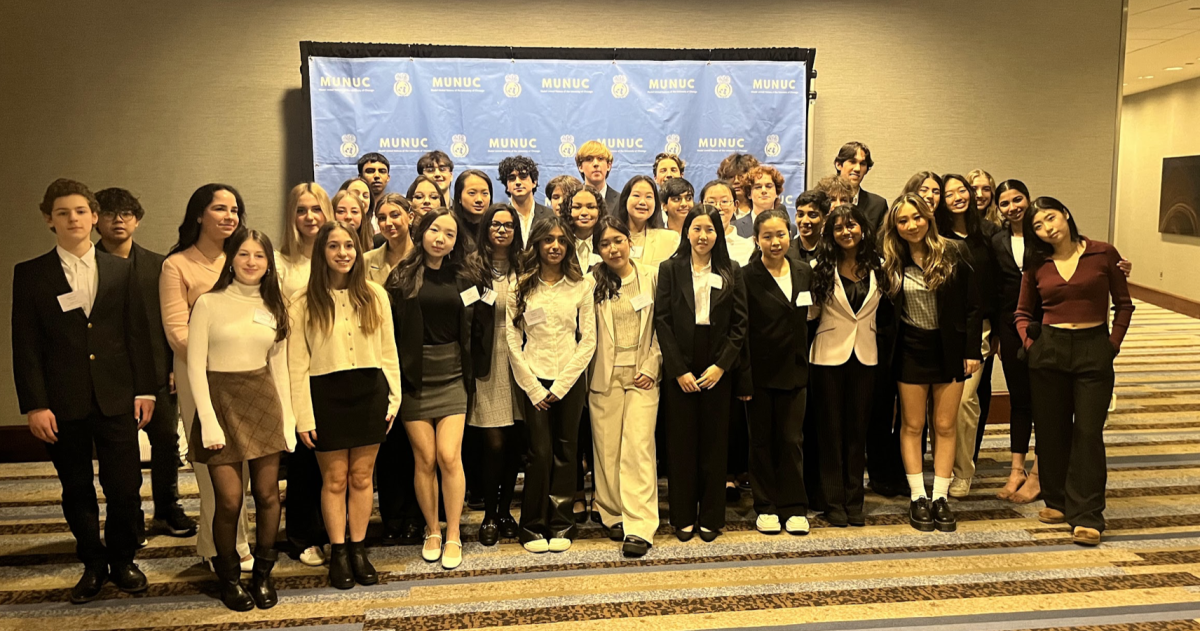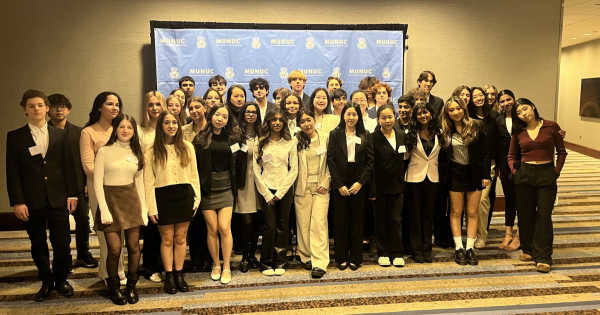Underlying connotations of the LFA Dress Code
December 8, 2021
As stated in Lake Forest Academy’s Student Handbook, “The Lake Forest Academy Dress Code reflects the Academy’s belief that how you present yourself communicates engagement and a seriousness of purpose and positively impacts the quality of life and social standards of the school.”
Lake Forest Academy’s dress code is written in a way that directly refers directly to students’ bodies—something particularly inappropriate given the code’s purpose is in place to avoid such sexualization. This includes phrases such as: “plunging necklines,” “dresses and skirts of mid-thigh or longer length,” and “dresses must also allow for three-finger shoulder coverage.”
These phrases—specifically written in reference to more feminine standards—allow LFA’s dress code to be defined not by clothing, but by the body parts that clothing is expected to cover. Ultimately, this results in dress code enforcement that is rooted in the sexualization of students.
This type of sexualization can serve as the foundation for rape culture within any community. Rape culture—defined as specific values, beliefs, and behaviors that normalize sexual violence—is perpetuated through things such as stereotypes, sexual jokes, and media framing. No individual should ever be forced to endure the damaging and dehumanising nature of rape culture, especially in an academic environment.
Many students at LFA have been subject to situations in which a faculty member has commented on their clothing in an insulting or uncomfortable way, especially in reference to the length of skirts and dresses.
A current senior recounted an experience where a teacher had told her that her dress was too short and that it was only appropriate if she was working in a club. This student detailed that it was “a dress my mom got me that was to my fingertips, and I was wearing stockings underneath.”
Another story was shared by a 2011 LFA graduate, who said, “During my Junior year at LFA, I had a teacher walk up behind me and proceeded to say ‘go to a mirror and bend over and let me know what you see.’ They were talking about the skirt that I was wearing. That teacher said this to me in front of a group of fellow students.”
These experiences are just two of the countless appalling instances that have occurred in the LFA community surrounding dress code enforcement.
While the dress code should be enforced, it is crucial that the student’s comfort is still taken into consideration. The student should not be called out in front of other community members, and the conversation itself should allow space for the student’s explanation as to what they are wearing.
When asked how she would enforce dress code, Anna Kliner, Head of LFA’s Health Services Department, said that she “would approach it as an open-ended conversation.” She detailed that it is better to ask less pointed questions, such as “could you tell me about that?” This leaves more room in the conversation for a student to explain what they are wearing instead of automatically getting dress coded.
As it is currently written, LFA’s Dress Code is left open to the interpretation of the school’s community, thus creating room for inconsistencies in enforcement, as well as misunderstandings among both students and faculty. In order for these conversations to be lessened, students should also make sure that their clothing is in accordance with the dress code. Simply changing the structure and wording of the dress code could help make the Lake Forest Academy campus a place where students feel safer and more comfortable.













